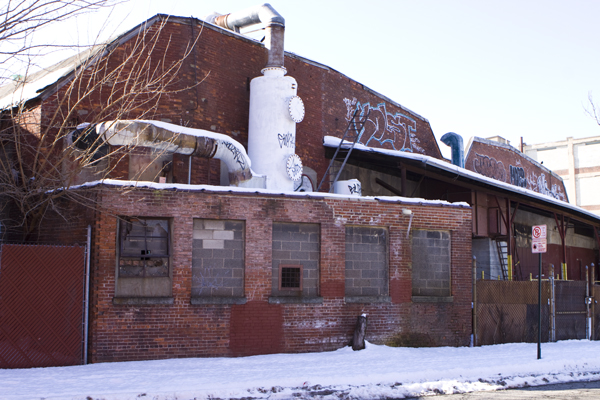I’ve long criticized DEP’s air pollution control program for multiple flaws dealing with public health risks and emissions of hazardous air pollutants, e.g. see:
This is an extremely complex and arcane set of scientific and regulatory issues, but the public now has an opportunity to weigh in to generate pressure for DEP to ratchet down on polluters to reduce emissions, particularly in the environmental justice communities.
The Murphy DEP just proposed revisions to the DEP’s methods for analyzing the public health risks of air pollution during the air permit process.
The New Jersey Department of Environmental Protection (Department) is seeking public comment on a draft revised Risk Screening Worksheet for Long-Term Carcinogenic and Noncarcinogenic Effects and Short-Term Effects (Worksheet). This use of the Worksheet in the risk assessment process is described in Section 2.0 of Technical Manual 1003, “Guidance on Preparing a Risk Assessment for Air Contaminant Emissions.”
The draft revised Worksheet, Notice of Opportunity for Public Comment, and a Fact Sheet outlining all revisions are available for review on the Department’s website at http://www.state.nj.us/dep/aqpp/ under “Program Update” and http://www.nj.gov/dep/baqp under “What’s New.”
Comments may be submitted until the close of business December 5, 2022. Please submit all comments by December 5, 2022 electronically to NJDEP-BAQP@dep.nj.gov or to the mailing address in the Notice of Opportunity for Public Comment.
Here are my comments:
Dear DEP – please accept the following comment on the DEP’s draft Risk Screening Worksheet for carcinogenic and non carcinogenic compounds:
1. Increasing stack height and relocation of the emission source should not be considered acceptable risk reduction measures. Pollution prevention followed by SOTA/MACT technology must be enforced, not these false solutions.
2. The Pollution Prevention Act authorized the DEP to enforce Pollution Prevention Plans in DEP air permits. The DEP has failed to implement that authority. DEP must begin to enforce PP plans in air permits. The risk screening process can become an opportunity to do so, yet it fails to do so.
3. The permit applicant should not be allowed to conduct a “Refined Risk Assessment”. That analysis should be conducted only by the DEP professionals, who are objective and do not have a profit driven motive to manipulate the analysis.
4. The spreadsheet is not user friendly and it is virtually impossible for the lay public to understand it or use it or comment on it.
5. The entire risk screening and risk assessment methodology fails to incorporate cumulative risks associated with multiple chemicals, multiple exposure pathways, and synergistic effects.
6. The methodology fails to consider disproportionate community burdens and exposures. The methodology fails to incorporate community vulnerability and susceptibility or otherwise incorporate the standards and policies of the Environmental Justice law or DEP’s proposed environmental justice regulations.
7. The DEP’s risk “standards” do not include mandatory risk reduction requirements or a basis for DEP permit denial when risks exceed “acceptable risk” levels.
8. The proposal appears to be reliant on modeling and fence line air quality and contaminant monitoring, as opposed to actual levels of exposure at the site of sensitive receptors.
9. The applicability of the risk screening methodology is extremely narrow – limited pollutants and sources. Only major sources of hazardous air pollution and certain other limited sources are required to conduct the risk screening. It should be applied far more broadly to all emissions and there need to be mandatory risk reduction measures to implement the risk findings.
The above are major policy, regulatory, and scientific flaws that must be addressed.
Respectfully,
Bill Wolfe


Pingback: WolfeNotes.com » Environmental Justice Leader Says Gov. Murphy “Doing A Really Good Job” On Climate And The Environment
Pingback: WolfeNotes.com » EJ Communities Are Being Duped By EJ Activists Regarding Newark Garbage Incinerator and Sludge Permits
Pingback: WolfeNotes.com » What Explains Sierra Club, NJ Chapter’s Radical U-Turn On Ciba-Geigy Cleanup?
Pingback: WolfeNotes.com » Take A Look At An “Overburdened Environmental Justice Community” Under NJ EJ Law
Pingback: WolfeNotes.com » Murphy DEP Admits The Environmental Justice Regulations Are Toothless And Will Not Stop New Polluters
Pingback: WolfeNotes.com » Murphy DEP Suppressed Public Criticism Of DEP’s Flawed Cancer Risk Screening Methods